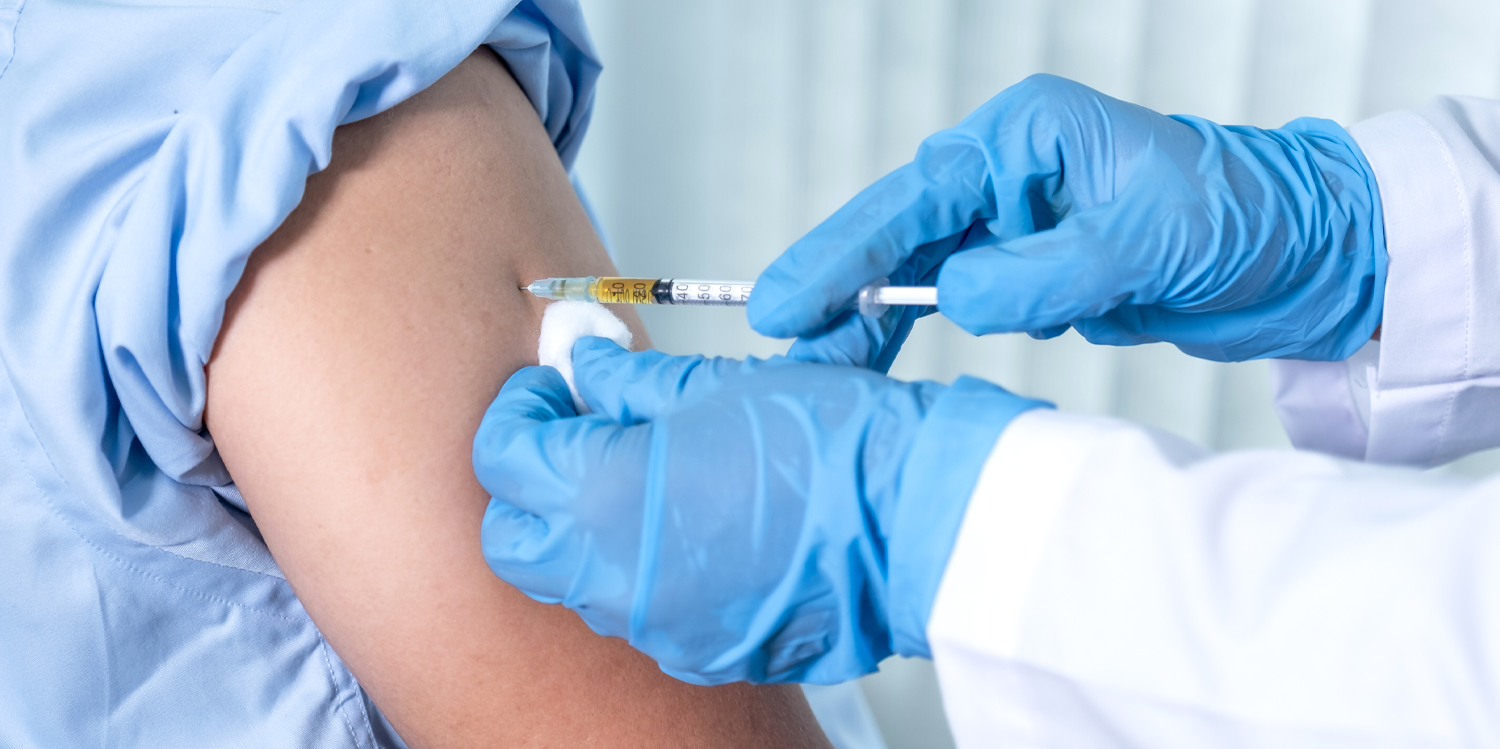 Doctors are being urged to be alert to potential meningococcal cases, after two reported cases within a week of each other in Western Australia.
Doctors are being urged to be alert to potential meningococcal cases, after two reported cases within a week of each other in Western Australia.
This takes the total number of cases in the State this year to seven.
The most recent case, which the Health Department provided details about on June 30, was in a child.
RELATED: Meningococcal warning after WA records four cases in one week
The young patient who was recovering in hospital was diagnosed with meningococcal serogroup B disease.
The week prior another case of meningococcal B was recorded in an adult.
Last year, there was one death from the uncommon but life-threatening illness in the State and a total of 13 meningococcal cases reported, which saw calls for an expansion of the free vaccinations on offer to include immunisation against meningococcal B.
There are two types of meningococcal vaccine available: one protects against four serogroups of the meningococcal disease (serogroups A, C, W and Y) and the other protects against serogroup B.
The MenACWY vaccine is provided free for children as part of the national immunisation program.
RELATED: Call for free meningococcal B vax
Minister for Health Meredith Hammat previously told Medical Forum the Government would consider a State-funded meningococcal B vaccination program should the number of reported cases significantly escalate beyond the annual average of seven.
Meningitis Centre Australia (MCA) has been among the organisations advocating for the move.
In previous comments made to Medical Forum MCA chief executive officer Karen Quick said that while the vaccination currently cost those who chose to have the vaccination $400-$600 she urged GPs to give patients the option.
“We urge all GPs not to assume, and educate patients on the disease, about the fact it’s a separate vaccination to ACWY, and explain signs and symptoms so they can act immediately in seeking urgent medical attention,” she said.
The meningococcal B vaccine is free for all Aboriginal children aged up to two years old due to a higher rate of the disease in this group.
Meningococcal bacteria are carried harmlessly in the back of the nose and throat by about 10-20% of the population at any one time.
Very rarely, the bacteria invade the bloodstream or tissues and cause serious infections.
Sometimes, but not always, symptoms may be accompanied by the appearance of a spotty red-purple rash that looks like small bleeding points beneath the skin or bruises.
Symptoms of invasive meningococcal disease may include high fever, chills, headache, neck stiffness, nausea and vomiting, drowsiness, confusion, and severe muscle and joint pains.
Fever, pale or blotchy complexion, vomiting, lethargy, poor feeding and rash can be important signs in young children.
Although meningococcal infection is treatable with antibiotics, it can progress very rapidly.
With appropriate treatment, most people with the disease recover, although around 5 to 10 per cent will die and around 15 per cent may experience long-term complications such as hearing loss, limb amputations, or brain damage.
Want more news, clinicals, features and guest columns delivered straight to you? Subscribe for free to WA’s only independent magazine for medical practitioners.
Want to submit an article? Email editor@mforum.com.au

